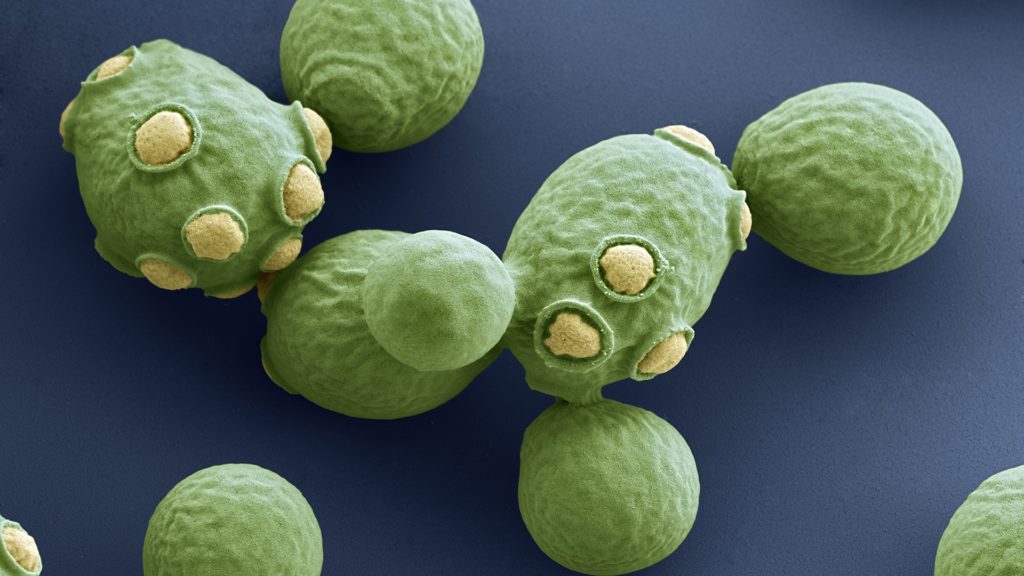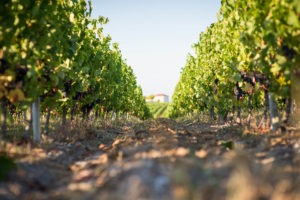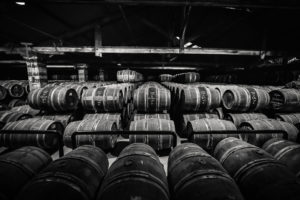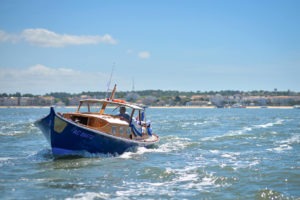Have you ever heard of yeast? It is a micro-organism, a single-celled fungus, whose particularity is to cause fermentation. In fact, it breaks down sugars into alcohol and carbon dioxide. Yeast is fantastic. It therefore makes possible the magic of transforming grapes into wine but also rice into sake (also thanks to koji of course). The most famous yeast is called Saccharomyces Cerevisiae but there are many others. It would take hours to explain the magical world of yeasts because there is chemistry, biology, microbiology, genetics, medicine… So, to better visualize it, here is a small Saccharomyces Cerevisiae yeast:
In Japanese sake, yeast is also used. Yeasts can be endemic, that is to say they come naturally from the environment (from the vat room, from the production house) where they are added and often modified (to provide tastes and flavors). In Japan, these yeasts which can be selected according to their organoleptic characteristics and which are cultivated by men are Kyokai yeasts. There are also flower yeasts (around thirty) which could be the subject of a future article… And there is THE super yeast, THE champion yeast in all categories, THE yeast, THE yeast: Space Deep Sea Yeast from Kochi .
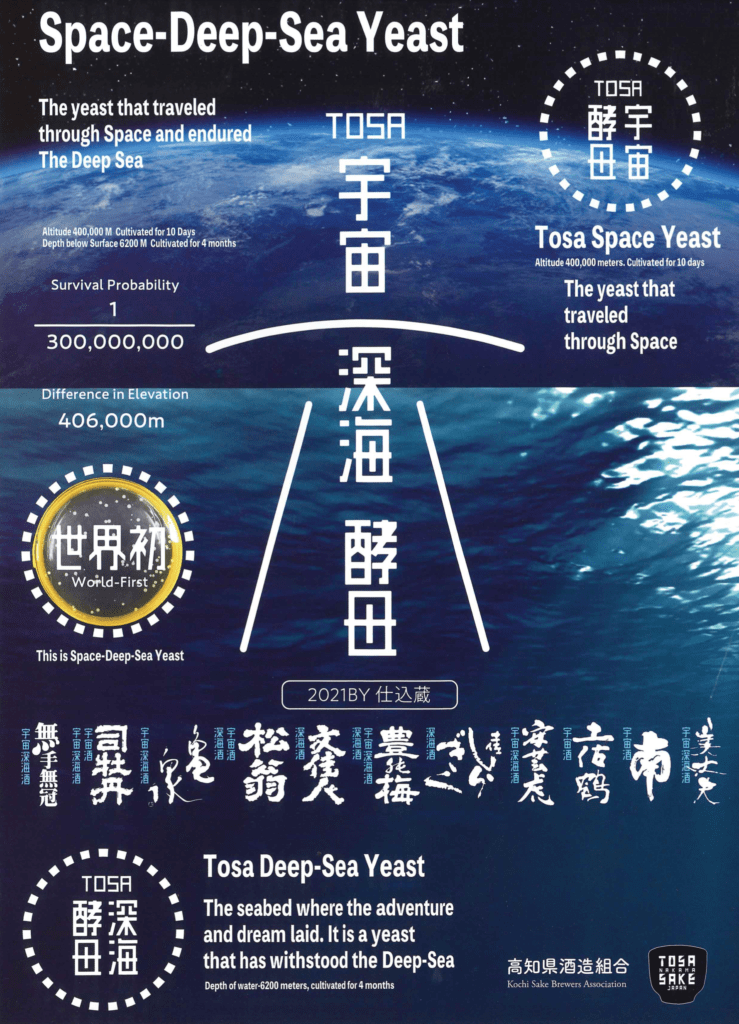
Kochi is a Japanese prefecture located in the south of the archipelago on the island of Shikoku. Before it was known as Tosa: a large number of sakes are still called Tosa sakes. Kochi prefecture is known for its Tanrei Karakuchi, in other words dry, sakes. They are dry but also refreshing with nice acidity and little umami. Therefore, these sakes pair well with rich food like oily fish. The prefecture often uses local rice and very aromatic local yeasts on bananas or apples.
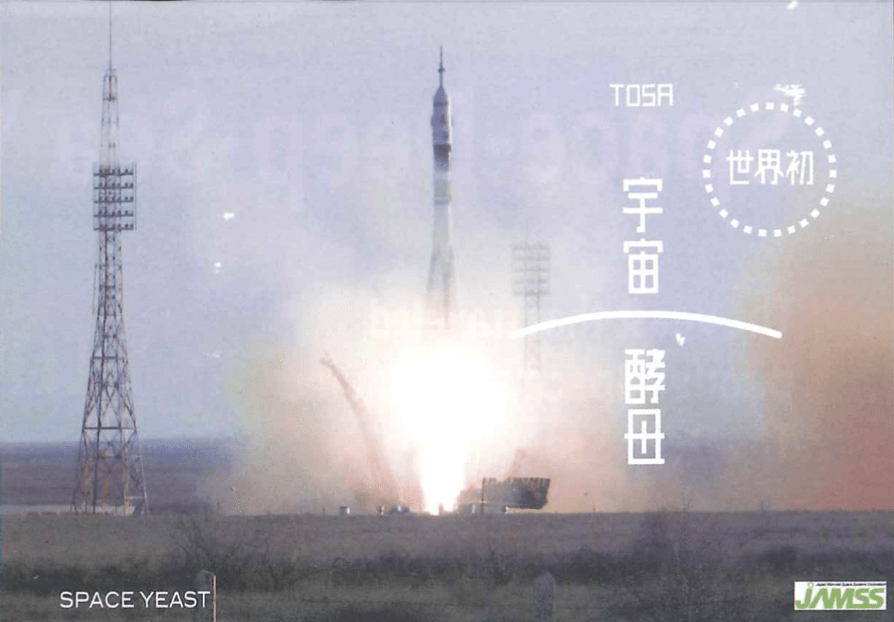
In 2005, an experimental project saw the light of day under the leadership of Mr. Haruhiko Uehigashi from the Department in charge of Food Development at the heart of the Industrial Technology Center of Kochi Prefecture: Space Yeast. A crazy idea, a daring bet! Yeasts from Kochi left the Baikonur cosmodrome in Russia for the Soyuz station for 10 days at an altitude of 400,000km. They began to grow as early as 25°C after loading into the rocket and were not disrupted by the change in gravity or the rays. The survivors were then used with rice from Kochi which also went into space. 60 grains of Gin no Yume and 60 grains of Kazenaruko were sent to the space station and were then planted in a rice field. In 2006, 1.5kg was produced compared to 1 ton in 2007. These yeasts and rice were used to produce “Space Sake”. These Far Space Traveler yeasts are champions!
So of course, what is the difference between classic yeast and this space yeast? Studies have been carried out and the results are interesting. Yeasts on Earth, which are known to produce isoamyl acetate, which provides flavors of banana and melon, will produce more in space. This is the case for Kochi yeasts AA-41 and A-14. Yeasts on earth, which produce ethyl hexanoate which gives apple flavors, will produce more in space. These are the Kochi yeasts CEL-11 and CEL-19 in particular. Consequently, we will have more aromatic sakes.
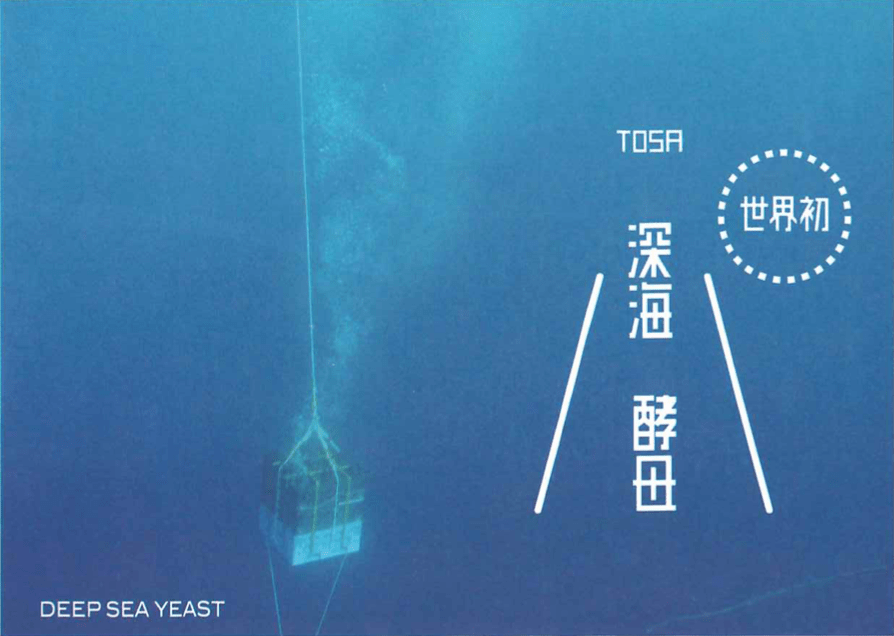
But it doesn’t stop there… In March 2019, an Edokko Mark 1 box containing the same space yeasts was submerged near Minamitori-shima (1800km from the Japanese archipelago to the east) more 5000m deep with an atmospheric pressure of 600 atm (approximately 608 bar). The yeasts had been stored at -80°C since their return to earth. It’s a somewhat special awakening for them!! In March 2020, it was discovered that not all strains had survived. For what ? Several avenues are mentioned but there are no clear and definitive answers. No matter, the lessons are learned and in January 2021, after working on yeasts 10 times more resistant to high pressure, the experiment was repeated. 22 yeast strains including space yeasts are put again in a box and placed at a depth of 6,200 meters 200km from the Ibaragi coast for 4 months. The atmospheric pressure is the same: 600 atm and the water temperature is around 1.7°C. In May 2021, the space yeasts which have now become deep ocean yeasts, Deep Ocean Traveler Sake Yeast, returned to the surface and…surprise, the space yeasts resisted. Thus, they were renamed Space Traveled – Deep Sea Yeast and were used to make Space – Deep Sea Saké.
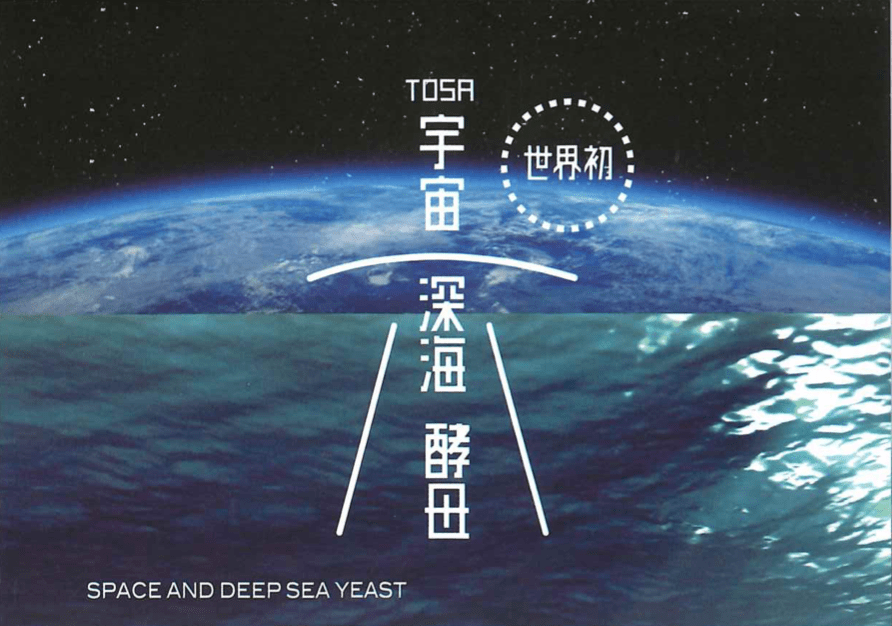
So, isn’t this yeast a super champion? It should still be noted that the chance of survival was 1 in 300,000,000!!! Sake houses in Kochi can use space rice as well as Space Deep Sea Yeast to produce their sakes. An originality that will surely make us dream… Our heads in the stars and in the abyss at the same time. In any case, you can only float with happiness with a small glass (in moderation) of Kochi sake!
I would like to thank Mr. Hiroki Yamanaka who is from the Department of Industry Promotion – export promotion office – of Kochi Prefecture for the information he was kind enough to provide me with on this exceptional yeast. You can also read this very interesting article in English from Sake Today which contains information on the famous Kochi yeasts.

#France Bleu Gironde broadcast from February 9, 2023: click on the link to listen to the replay more easily and read the great article by Isabelle Wagner!

